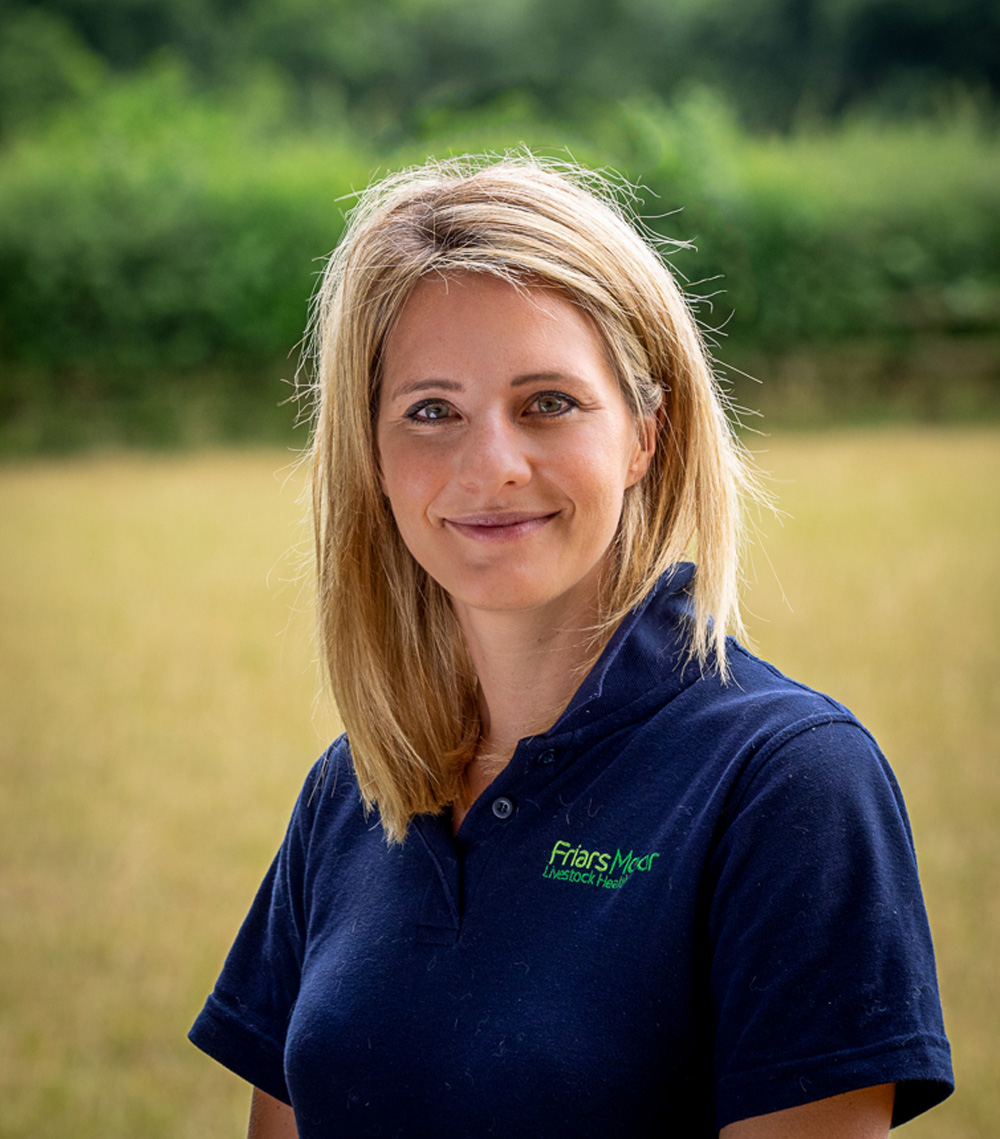By Alice Miller
Friars Moor Livestock Health.
As we all return to our normal schedules after the Christmas madness, many of you may have started planning your to-do lists for the year ahead. Whether you have a large commercial herd or flock, or a few pet animals on a smallholding, it is the perfect time to take stock.
When it comes to health planning everyone’s systems will be different, which means your priorities and the timing of events may differ from your neighbour’s. That is why it is advantageous to carry out your specific annual health plan with your vet, to make sure it is tailored to your specific needs.
That said, there are several areas of management everyone can consider, and it is useful to review these options with the improvements you wish to make this year in mind.
Vaccinations. Did you experience a particular disease outbreak last year? It is useful to look back at your records to see if you were treating several animals with the same condition or perhaps you noticed an increased use of a particular treatment at a certain time of year?
Often a better and more cost-effective option is to plan a vaccination protocol in advance to prevent the disease before it reoccurs. For example, last calving season, you may have had a problem with Rotavirus in calves. This year you may wish to consider a preventative scour vaccine that can be given to the dams ahead of calving to boost the level of protective antibodies against such viruses to ensure better protection for the calves.
You may have had an outbreak of pneumonia in calves or lambs last year. So, this year, ahead of the risk period, be it weaning or certain weather conditions, why not implement a vaccination control plan. Many other diseases can be reduced through vaccination from Footrot and Ringworm to Enzootic abortion and Toxoplasmosis, as well as BVD, IBR, Leptospirosis and several different Clostridial diseases.
Mineral supplements and nutritional status. Perhaps you noticed an unexplained poor performance in your herd or flock? Last year we saw several cases of Vit A deficiency in calves, which caused general ill-thrift, poor immunity against other diseases and blindness.
It is also worth bearing in mind that some calves may lack protective immunity not due to poor colostrum management but due to poor colostrum quality. It is worth checking the protein content in dry cow diets as well as the nutritional status of the cows before calving to ensure they produce a satisfactory level of antibodies.
Pre-lambing and pre-calving blood sampling profiles are helpful and will indicate whether you need to adjust the energy or protein levels in their feed. We also see cases of infertility where trace element deficiencies occur and recommend annual blood profile checks. Occasionally we even see individual requirements for supplementation, for example in goats which can commonly lack Zinc and become more susceptible to skin diseases and ill-thrift.
At this time of year spring lambers and autumn calvers will be planning to ensure they have booked in their scanning visits to obtain accurate pregnancy diagnosis results to aid management of groups. Those who are set to start lambing and calving soon will need to ensure they have all the necessary equipment and supplies ready too, as well as the necessary expertise and additional labour.
We will again be running a comprehensive series of training courses this year, so it may be that you book onto our lambing course, for example, to refresh your skills.
With so many different species and eventualities to cover I will make sure in the upcoming editions of the magazine that I concentrate separately on as many different animals and scenarios as possible. But for now, hopefully this has started to give you food for thought. I hope to help make this a happy, healthy and productive year ahead for you and your animals.








Leave a Reply